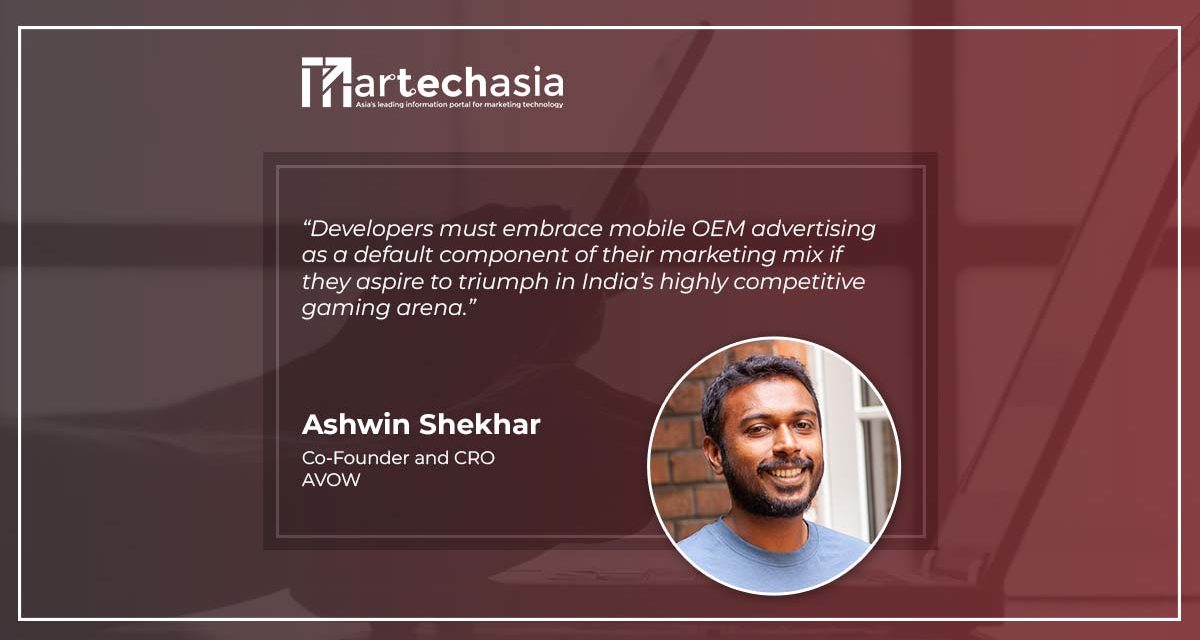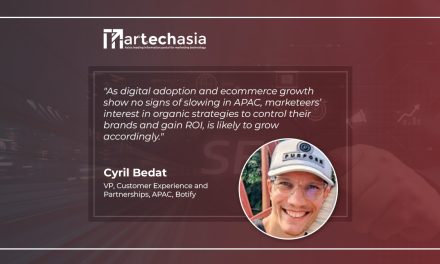The world of mobile games is truly mesmerizing and when played on the wide array of next-generation smartphones currently available in the market, the experience only gets heightened.
These devices elevate the high-definition images, graphics and captivating sequences for gaming enthusiasts. The market is both fiercely competitive and lucrative. It thus comes as no surprise that today gaming developers are constantly brainstorming on strategies which could be executed to reach and engage their target audience.
Globally, by the end of 2023, the mobile gaming business is slated to be worth USD$286 billion—nearly half of the entire gaming industry’s revenue. The Indian gaming market on the other hand is also on a rising spree and as per reports is well poised to hit the USD 6.26 billion mark by 2028 from USD 3.02 billion in 2023- at a CAGR of 15.68% (Source- Mordor Intelligence).
This has been made possible courtesy steady penetration of smartphones especially those available at more economical price points along with affordable data plans being offered by leading telecom players in the country. As a natural side effect, acquiring users was never more relevant for gaming developers as it is today, and this is where the power of leveraging mobile Original Equipment Manufacturer (OEM) advertising comes to the forefront.
5 reasons to unleash the power of partnering with mobile OEMs
Mobile OEMs such as Xiaomi, OPPO, Huawei and Vivo – thanks to their vast reach and individual influence as mobile manufacturers – offer Indian developers a lucrative avenue to expand their visibility and promote their games amongst the discerning enthusiasts. Mobile OEM advertising must be embraced as an integral part of the marketing mix. Here’s why
Freedom of choice: The commercial viability of alternative app stores got further amplified in 2020 when a lawsuit against Apple and Google was filed by Fortnite developer Epic Games shedding light on their mobile marketing practice of taking 30% cuts of app and in-app purchases in games.
Prominent industry leaders actually believed that if developers were given an opportunity to accept their own payments, avoiding the 30% tax by Apple and Google, they could pass the savings to their consumers, players could get a better deal on items and there could be an economic competition. Recently, an over US$1 billion second class action lawsuit was filed in the UK on behalf of over 1500 app developers against Apple, its app store and the in-app commission policies. Prior to this, both Apple and Google were charged guilty by UK’s Competition and Markets Authority (CMA) for its anti-competitive practice which banned cloud gaming apps on their app stores.
App developers need to remember that their freedom of choice goes beyond just choosing an app to feature their app in and negotiating the cut with an app store- a sweet spot offered by Mobile OEMs who through their alternative app stores lend them the power to negotiate on more favorable terms and on payment systems of their choice.
A win-win scenario for both game developers and users not only lets developers charge less for their games and in-app purchases (IAPs) but also lowers the barrier of user entry.
Unparalleled reach: Mobile OEMs who currently cover 62 % of the smartphone market in India enjoy a massive global user base of over 1.5 billion daily active users (DAU)- an audience which can be directly reached out to by developers to re-engage with pre existing user base, get wider exposure amongst newer audience and higher chances to attract new players. A developer of casual mobile games, Zephyr Mobile for example after employing mobile OEM advertising to tap into 3o countries, witnessed over 300,000 new installs in the first three months and met its return on ad spend (ROAS) goals.
Targeted marketing: Developers can leverage data from mobile OEMs pertaining to users’ preferences, behaviors, and demographics to connect with the most relevant audience for their games- be it casual gamers, hardcore enthusiasts, or specific age groups at the right time. Such insights go a long way in optimizing a gaming brand’s marketing efforts. OEMs empower developers to execute among others, geographic targeting, appographic targeting, app category targeting, user behavior targeting, and sociodemographic targeting.
Enhanced user experience: Mobile OEM advertising allows developers to provide a more immersive and engaging advertising format to their users by flawlessly integrating their games into the user experience. Pre-installed game promotions, in-app placements, and customized device themes can be used to attract players’ attention via engaging visuals and interactive experiences. As a result the overall gaming experience becomes better and increases the possibility of users downloading and engaging with an advertised game. There is a value add for developers when they align their games with a mobile OEM’s branding and interface- a sense of trust and credibility gets established which encourages users to explore their virtual products.
Elevated app store ranking and downloads: The success of a mobile game and its app store ranking goes hand in hand; hence a need for developers to secure high rankings for increasing their games’ visibility and organic downloads. Apple and Google usually focus on games from big studios because of which smaller and newer studios struggle to break into their app store rankings. Mobile OEMs through their alternative app stores, allow newer entrants to overcome this challenge – increasing their downloads and visibility; and along the way giving them access to a vast untapped audience.
Every time a user discovers a game through OEM advertising and subsequently downloads it- a positive signal goes to the app store, indicating popularity and relevance which in turn improves the game’s ranking, better exposure and increased downloads. For developers for whom the play store is their primary app store, mobile OEMs still offer an avenue through which their games can still increase their download numbers and thus improve their app store ranking.
Through Dynamic Preloads, game developers can get their game front and center of users during the initial set up phase of their new phone. Since the apps are taken straight from the play store, every download via dynamic preloads adds onto the download numbers, and can ultimately have an impact on their visibility and app store rankings.
Everyone is seeking to establish a strong market presence and engage with their target audience effectively. In order to gain a competitive edge and enhance their potential app-store ranking, gaming developers must incorporate mobile OEM advertising into their marketing strategy. With 300,000 new installs in three months, Zephyr Mobile for example not only saw improved visibility and rankings but also earned an invaluable long term brand credibility, improving the chances of success for its next game.
Developers must embrace mobile OEM advertising as a default component of their marketing mix if they aspire to triumph in India’s highly competitive gaming arena.



















